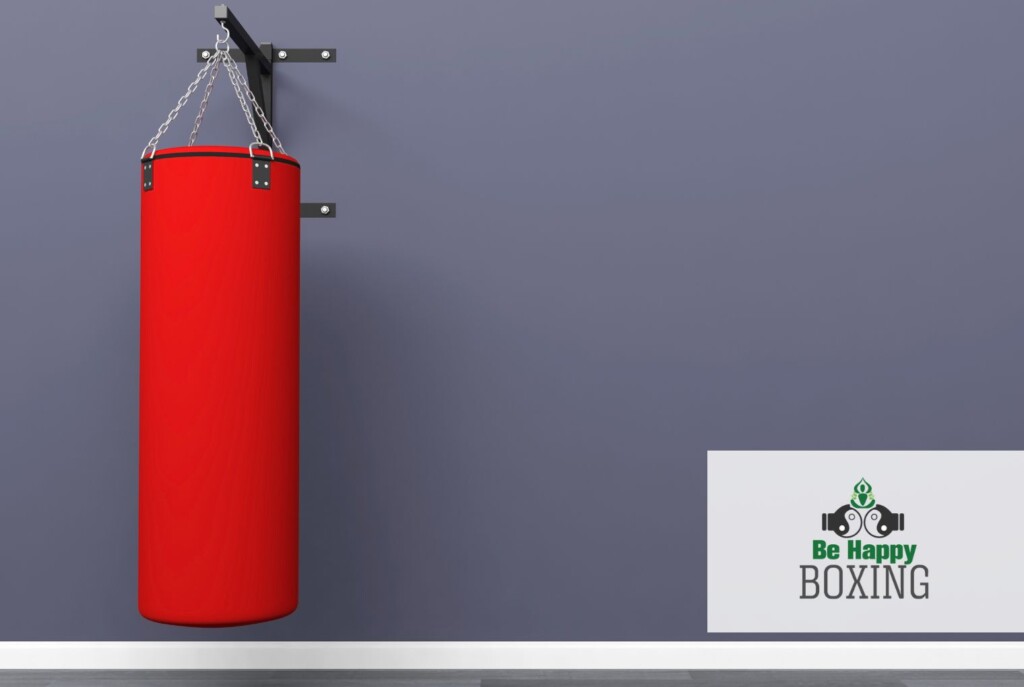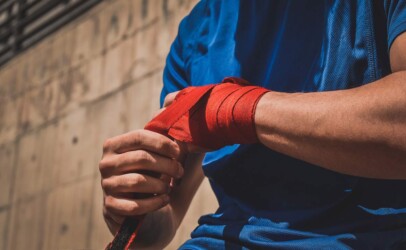When it comes to training with a boxing punching bag, one of the most important factors is understanding what do you fill a punching bag with. The filling not only affects the weight and feel of the bag but also its durability and the kind of workout you get.
Whether you are a seasoned boxer or setting up your home gym, knowing how to fill a punching bag correctly can improve your overall training experience. Let’s break down the different filling materials and how to go about filling a bag yourself.
Key Takeaways
- Variety of Filling Materials: Punching bags can be filled with different materials like textile scraps, sand, sawdust, water, or foam inserts. Each filling provides a unique training experience, ranging from softer, shock-absorbing options to firmer, heavier materials for more resistance.
- Customizing the Bag’s Weight and Feel: You can adjust the punching bag’s weight and density by layering materials, with heavier items like sand at the bottom and softer ones on top. This allows you to customize the bag to your training preferences.
- Proper Bag Setup for Durability: When filling a bag, it’s essential to ensure it’s tightly packed and securely closed to maintain its shape and durability. Testing the bag after filling helps confirm if adjustments are needed for better balance and performance.
What Do You Fill a Boxing Punching Bag With?
Punching bags come in various styles and can be filled with different materials based on your preferences, the type of bag, and the intensity of your workout to train like a boxer. Common filling materials include:
Textile Scraps (Rags, Old Clothes)
This is one of the most popular and traditional fillings for a boxing punching bag. Textile scraps like old rags or clothes provide a soft but dense material that absorbs punches well. It’s a great option for beginners because it reduces the risk of injury while still offering a solid surface to hit.
Sand
Sand is often used to add weight to a punching bag, especially for heavier models. However, sand on its own can make the bag too hard, which may lead to injuries if you’re not careful. To avoid this, sand is typically combined with softer materials such as rags to distribute the weight more evenly. Be sure to seal the sand in a separate bag or compartment to prevent it from shifting or leaking.
Saw Dust
Another option to fill a punching bag with is sawdust, which offers a firmer feel than textiles alone but remains softer than sand. This makes it ideal for individuals who want a medium-density bag. Like sand, sawdust should be contained to avoid settling at the bottom of the bag.
Water
Water-filled punching bags, also called aqua bags, are gaining popularity for their shock-absorbing properties. These bags offer a unique training experience, as the water mimics a fluid, movable target, reducing strain on your hands and wrists. They are easy to set up but may require a stand or specific mounting due to their weight and structure.
Foam Inserts
Many punching bags are filled with foam inserts, either on their own or combined with another material. Foam offers excellent shock absorption, making it easier on the joints while maintaining a solid form that mimics real punching targets. Some heavy bags come pre-filled with foam layers, but you can also add foam layers to a homemade or refillable bag.

How to Fill a Punching Bag
Filling a punching bag can be done easily at home if you follow these simple steps. Here’s a step-by-step guide on how to fill a punching bag effectively:
Choose the Right Bag
Before filling, make sure you have a bag designed for home filling. Most bags have a zipper or opening at the top for easy filling.
Prepare Your Materials
Decide what filling material you will use. If you’re going for a mix, prepare the materials separately, such as cutting old clothes into small pieces or securing sand in smaller, sealable bags.
Layering the Fillings
Start filling your bag by adding layers of materials. If you’re using heavier materials like sand or sawdust, place them toward the bottom of the bag. Then layer softer materials like rags on top. Be sure to pack it tightly to maintain the shape and balance of the bag.
Close the Bag Securely
Once the bag is full, zip or seal it tightly. If your bag has an external cover or liner, make sure it is also properly secured.
Test the Bag
After filling, test the feel and weight of the bag by giving it a few punches or kicks. You can always adjust the contents to make the bag firmer or softer according to your preference.
Summary
Knowing what to fill a boxing punching bag with is crucial for achieving the right balance of weight, softness, and durability. Whether you choose textiles, sand, sawdust, water, or foam, each material offers a different training experience. Take time to explore different options and learn how to fill a punching bag properly for the best results in your boxing workout.
Now that you’re informed, it’s time to pack your bag, lace up those gloves, and start throwing punches!
Frequently Asked Questions
How heavy should a boxing punching bag be?
The weight of a boxing punching bag depends on your training goals and skill level. A general rule of thumb is that a punching bag should weigh about half of your body weight. For example, if you weigh 160 pounds, a 70-80 pound bag would be ideal. Lighter bags are better for speed work, while heavier bags provide more resistance for strength and power training.
What type of punching bag is best for beginners?
For beginners, a freestanding punching bag or a standard hanging heavy bag filled with fabric is often recommended. Freestanding bags are easier to move and don’t require installation, making them ideal for home use. Hanging bags offer more realistic movement and are great for developing accuracy and power. It’s important to choose a bag with a softer filling to avoid injury while learning proper punching techniques.






1 Comments
Comments are closed.